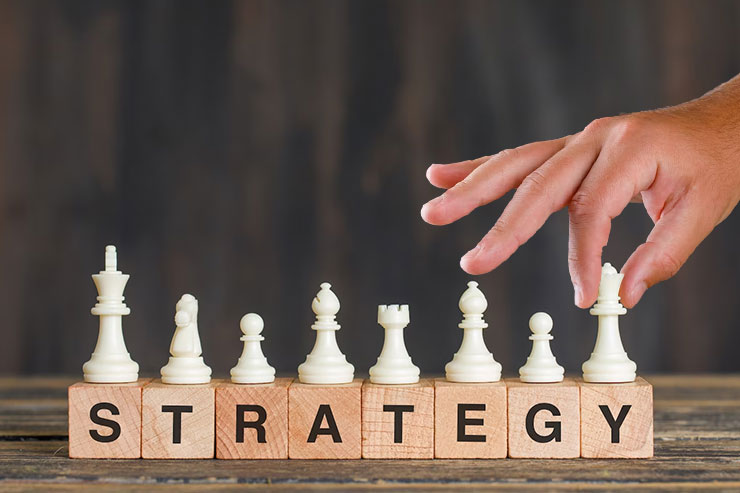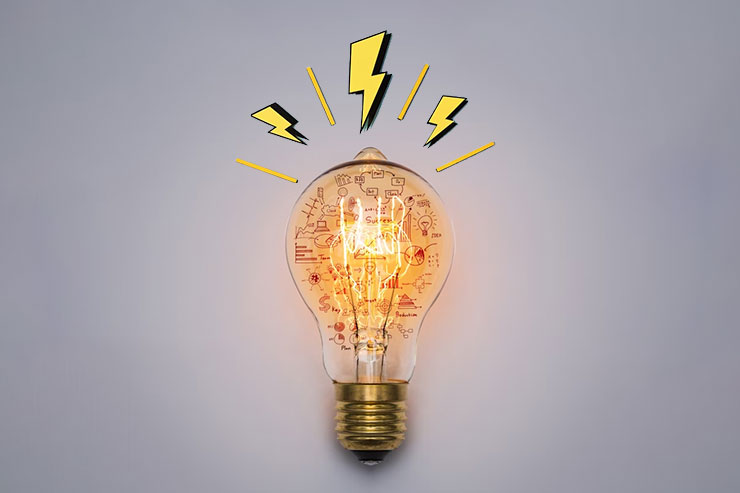The art of turning a brand into an experience: a tangible entity that goes beyond a simple logo or tagline.
Brand activation is a marketing strategy that involves creating experiences and interactions that bring a brand to life and engage consumers on a deeper level. It goes beyond traditional advertising and seeks to create a tangible, immersive experience that helps consumers connect with brands' values, personalities, and purposes. Brand activation can take many forms, including events, promotions, experiential marketing, social media campaigns, and other forms of engagement that allow consumers to interact with a brand meaningfully.
Brand activation is a strategic approach that engages consumers in an immersive way, making them feel like part of a larger story. But what makes a brand activation effective? Let us explore the various aspects that come into play.

But what form does this experience take? There are countless possibilities, ranging from pop-up shops and events to social media campaigns and digital activations. Whatever the medium, however, the goal remains the same: to create a lasting impression that goes beyond the initial encounter. It means thinking about every touchpoint along the customer journey and ensuring that each one reinforces the brand’s message and values.
Of course, none of this would be possible without a solid brand strategy. It involves defining the brand’s purpose, personality, and positioning in the market. It also means identifying key differentiators that set the brand apart from competitors. Armed with this knowledge, brands can create a consistent message across all touchpoints, from advertising to customer service.

Brand activation strategy involves a series of steps that brands can follow to create effective and engaging experiences that bring their brand to life. Here are some components of a successful brand activation strategy:
But a brand strategy is only as good as its execution. It is where creativity comes into play. Brand activations need to be memorable, immersive, and impactful. They need to capture the audience's attention and leave a lasting impression. It means thinking outside the box and taking risks. It means pushing boundaries and experimenting with new ideas. It means being bold and fearless. Of course, creativity alone is not enough. Brand activations also need to be practical and feasible. They need to fit within the brand’s budget and resources. They need to be scalable and adaptable to different markets and contexts. It means balancing creativity with pragmatism and finding a sweet spot between innovation and efficiency.
Here are some creative brand activation ideas that can help brands engage their audiences in unique and memorable ways:

By leveraging new technologies, partnering with creative agencies, and thinking outside the box, brands can create memorable experiences that resonate with consumers and build brand equity. From pop-up experiences to social media campaigns, the possibilities for brand activation are endless.
Overall, brand activation is a powerful tool for brands to connect with their audience and build relationships beyond traditional advertising. By creating experiences that engage consumers on a deeper level and align with their values, brands can create a lasting impact that drives business results and builds brand loyalty.